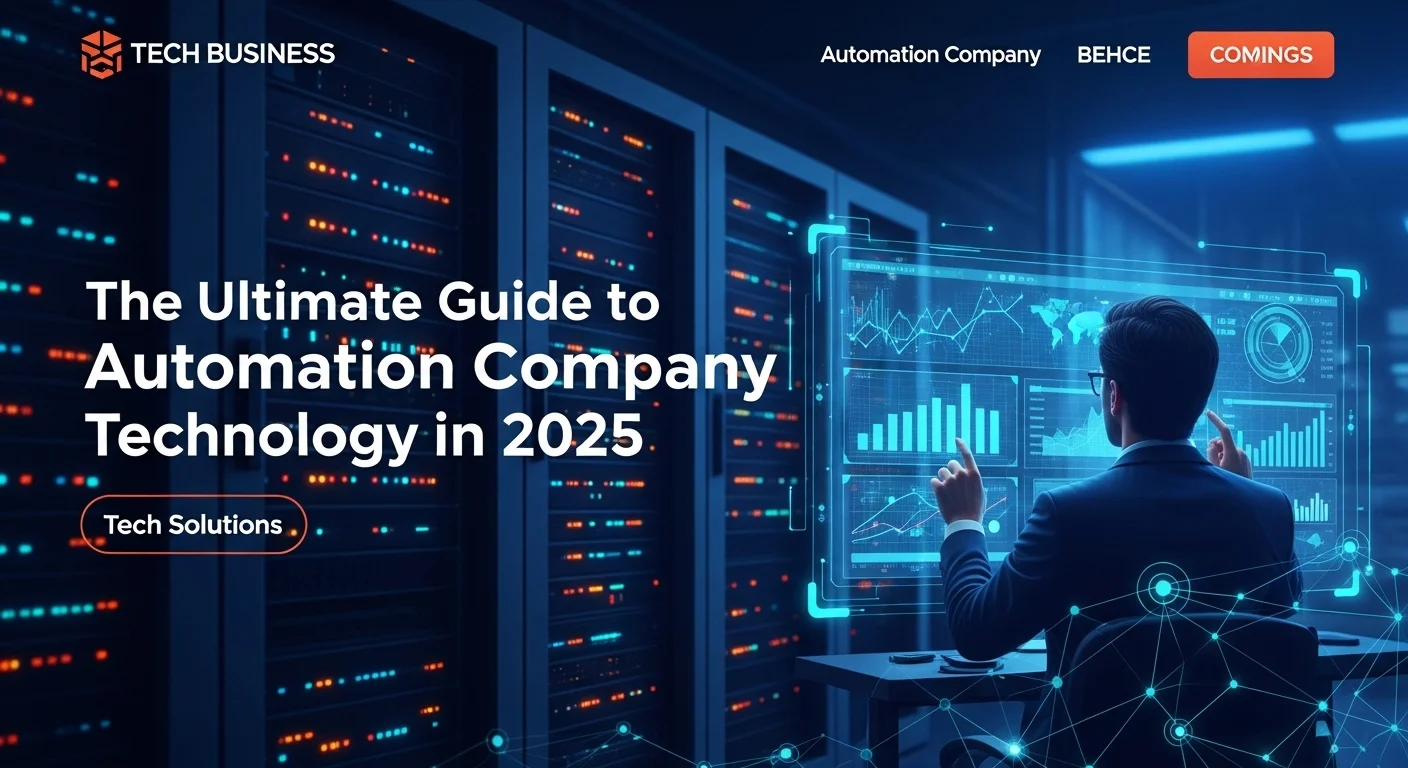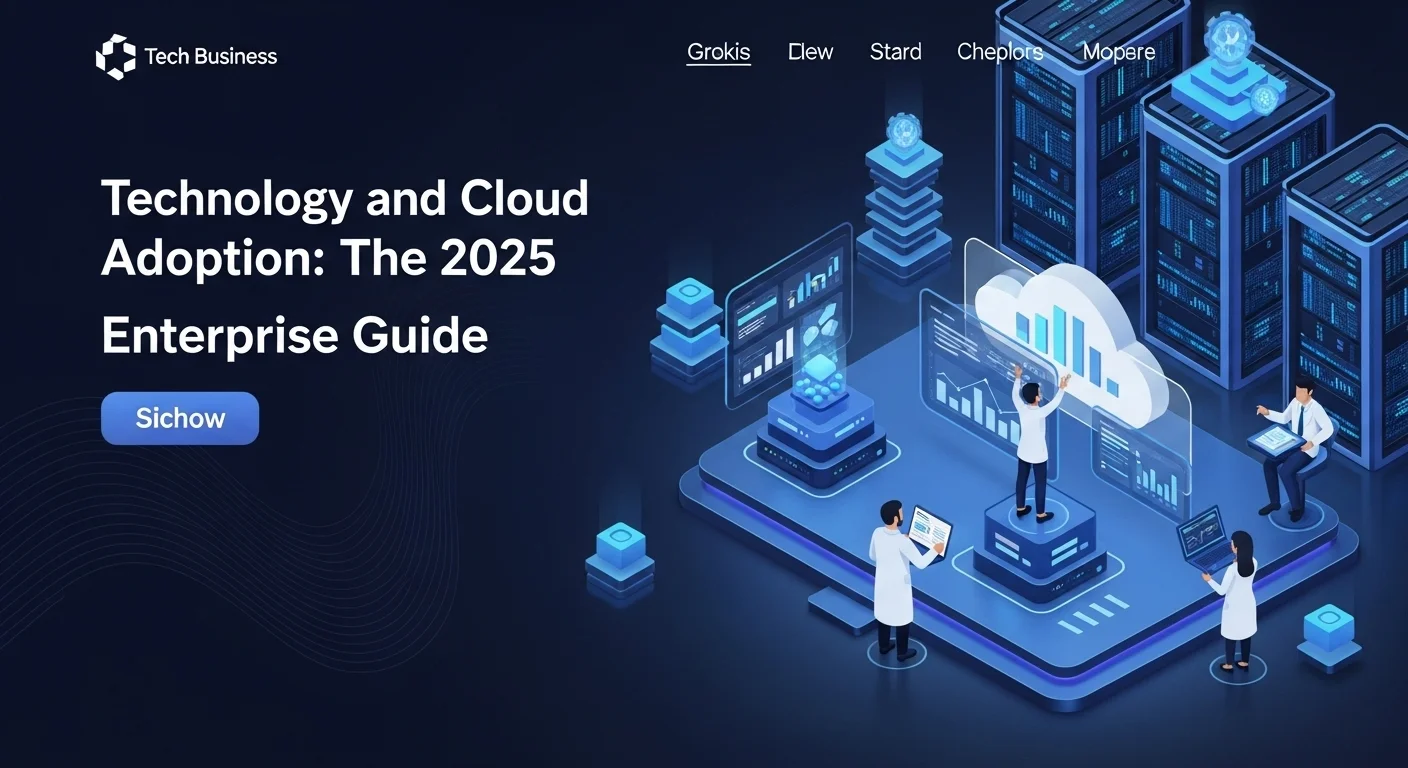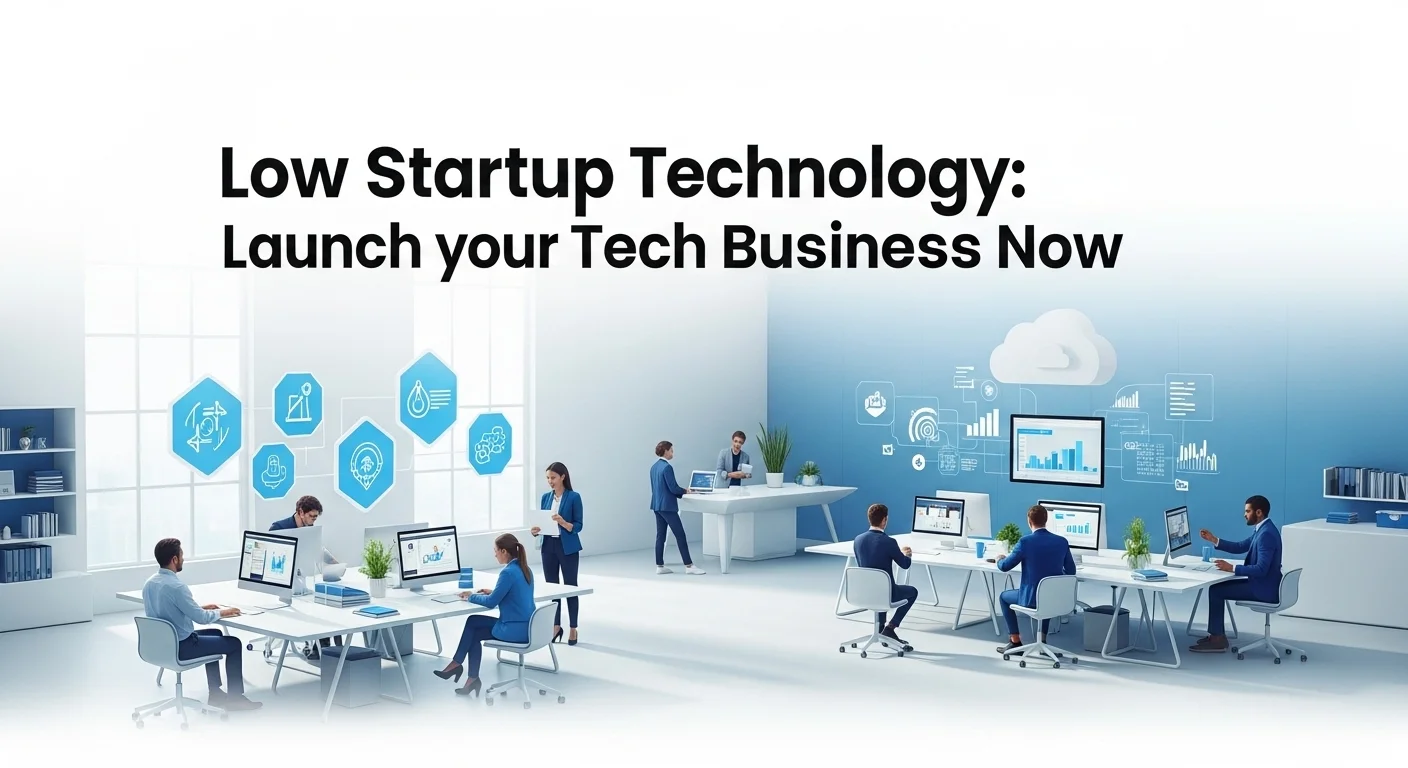My 2025 Guide to Oracle Cloud: What It Is and Why It Matters for Your Business
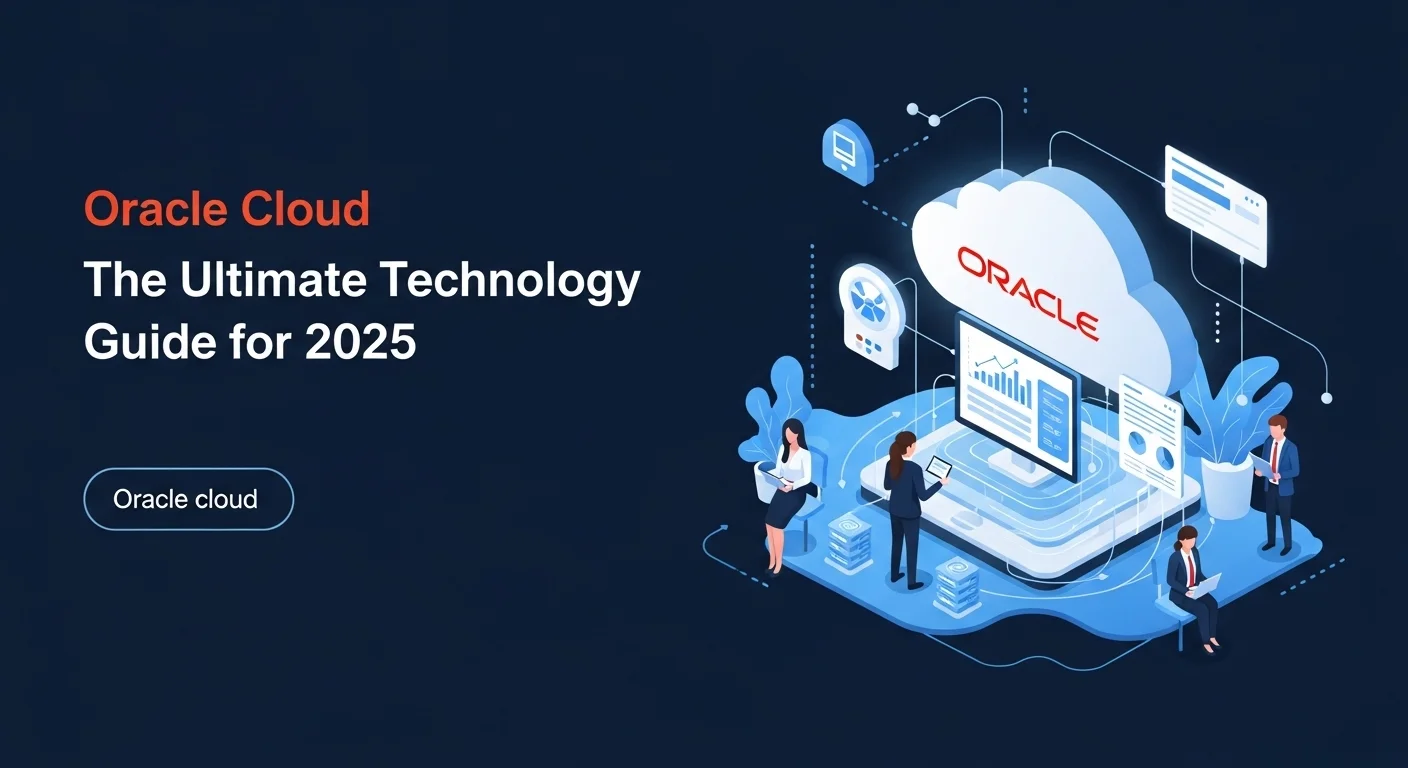
Executive Summary
In my years working as a cloud strategist, I've seen platforms come and go. For a long time, the cloud conversation was dominated by just a few giants. But things are changing. Oracle, a name many of us associate with massive enterprise databases, has quietly built a powerful and compelling cloud platform that's turning heads. If you're running a business or managing IT, you can't afford to ignore it anymore. This guide is my attempt to cut through the technical jargon and give you a straight-forward look at Oracle Cloud. We'll explore its powerful infrastructure (OCI), what makes its services different, and how its pricing might just save you a lot of money. My goal is to show you why this platform is becoming a key player for businesses looking to grow, modernize, and stay ahead of the curve.
Table of Contents
Table of Contents
- What is Oracle Cloud and Why Does It Matter?
- The Tech That Makes Oracle Cloud Different
- Real-World Business Benefits
- A Complete Guide to Oracle Cloud Solutions
- Deep Dive: OCI's Core Services
- Smart Business Strategies on OCI
- How Oracle Stacks Up Against AWS, Azure, and GCP
- Expert Tips for Your Oracle Cloud Journey
- Security and Governance Best Practices
- Strategies to Keep Your Cloud Costs Down
- How to Boost Performance and Reliability
What is Oracle Cloud and Why Does It Matter?
For a long time, cloud computing felt like a solved problem with a few major players. But if you haven't looked at Oracle's offering recently, you're missing a big piece of the picture. So, what is Oracle Cloud? At its heart, it's a full suite of cloud services—servers, storage, networking, and applications—all accessible over the internet from a global network of data centers. It lets you build and run your applications without owning the physical hardware. What I find interesting is that Oracle supports a wide range of open standards and tools like SQL, Kubernetes, and Terraform, which means it plays well with the technologies many of us already use.
Oracle didn't just dip its toes in the water; they went all-in around 2016 when they launched Oracle Cloud Infrastructure (OCI). They call it their "Generation 2 Cloud," and from my perspective, this wasn't just marketing fluff. They built OCI from the ground up to solve the common headaches businesses had with older cloud platforms, specifically around performance, security, and unpredictable costs. The goal was simple: run any application, especially demanding enterprise ones, faster and more securely for less money. This focus on enterprise-grade quality is where Oracle really stands out. The platform offers a full range of services, from the basic building blocks (Infrastructure as a Service, or IaaS) to ready-made business software (Software as a Service, or SaaS), making it a one-stop shop for a lot of companies.
The Tech That Makes Oracle Cloud Different
The real importance of Oracle Cloud comes from a few core principles they baked into its design. First, their "security-first" approach is a big deal. They built OCI on a zero-trust model, which basically means nothing is trusted by default, and every access request is verified. Features like always-on data encryption and isolating customers from each other are built in, not bolted on. In a world of constant cyber threats, this gives businesses the confidence to move even their most sensitive data to the cloud.
Second, Oracle Cloud is engineered for performance, especially for the heavy-duty applications it's known for. They offer unique services like bare-metal compute instances. Think of this as getting your own physical server without any sharing, which eliminates the performance issues you can sometimes see in shared environments. This is a huge win for high-performance databases and applications. Their networking is also incredibly fast and reliable, designed to feel like you're running on a local network, not a distant cloud. This is critical for any company with distributed teams or hybrid setups.
Third, the Oracle Autonomous Database has been a genuine game-changer in my field. It’s a database that uses machine learning to manage itself—it handles tuning, security patches, backups, and updates automatically. This is massive. It frees up IT teams from tedious maintenance and dramatically reduces the risk of human error, which is a leading cause of downtime and security breaches. This push for automation is a core part of Oracle's strategy, and it makes managing complex systems so much simpler.
Real-World Business Benefits
For a business, all this tech translates into real, tangible advantages. The high-performance infrastructure is perfect for running critical applications like Oracle's own E-Business Suite or PeopleSoft, as well as any custom apps. I've seen many organizations move these workloads to OCI and find they run even better than they did in their own data centers. This "lift and shift" approach offers a quick path to the cloud, giving them flexibility and a pay-as-you-go model without a painful redesign process.
Beyond just moving old apps, Oracle Cloud provides a platform for true modernization. Businesses can use it to build new, cloud-native applications or to connect their different systems, whether on-premises or in other clouds. This ability to integrate everything is vital for breaking down data silos and creating a unified IT environment.
Finally, let's talk about cost. In my experience, this is where Oracle can be surprisingly competitive. Their pricing is consistent across all global regions, which makes budgeting much easier for international companies. They also let you scale your virtual machines one CPU core at a time, so you're not forced to pay for capacity you don't need. A huge plus is their data egress fees (the cost to move data out of the cloud), which are much lower than their competitors'. For data-heavy businesses, this can lead to massive savings. With flexible pricing models and a generous Free Tier to get started, Oracle Cloud presents a strong financial case for any business looking to innovate and grow.

Complete guide to Oracle Cloud in Technology and Business Solutions
Oracle Cloud Infrastructure (OCI) is more than just a collection of services; it's a deeply integrated platform designed for everything from legacy enterprise systems to cutting-edge cloud-native apps. To really get a handle on OCI, you need to understand its core technology, the business strategies it enables, and how it measures up in a crowded market. Here's my breakdown for tech leaders and business strategists.
Technical Methods: A Deep Dive into OCI Services
The foundation of OCI is its powerful set of infrastructure (IaaS) and platform (PaaS) services. These are the LEGO bricks you use to build your solutions.
Compute: OCI offers a fantastic range of compute options. You can get Virtual Machines (VMs) that you can fine-tune with the exact amount of CPU and memory you need, or you can go for Bare Metal instances—your very own physical server. I recommend bare metal for heavy-duty databases or performance-sensitive apps where you don't want to share resources with anyone else. OCI supports different CPUs, including Intel, AMD, and ARM, so you can pick the best one for your job. For specialized tasks, they also have High-Performance Computing (HPC) and GPU instances for things like AI and machine learning.
Storage: OCI has a smart, tiered approach to storage. For active applications and databases, Block Volumes work like high-speed network drives. For storing vast amounts of unstructured data like photos, videos, or backups, Object Storage is incredibly scalable and durable, with different price points depending on how often you need to access the data. Finally, File Storage offers a shared file system, much like a traditional network drive. This means there's an optimized and cost-effective place for every kind of data.
Networking: I often tell people that OCI's networking is its secret weapon. You create your own private, isolated network called a Virtual Cloud Network (VCN). Think of it as your own secure bubble within Oracle's data centers, giving you complete control. You can create subnets, routing rules, and firewalls just like you would on-premises. OCI provides all the necessary gateways to connect your VCN to the internet, to other Oracle services, or directly to your own data center through a dedicated line called FastConnect. This lets you build complex and secure network designs that just work.
Databases: As you'd expect from Oracle, their database offerings are top-notch. The star of the show is the Oracle Autonomous Database, which pretty much runs itself. But they also offer everything from running a standard Oracle Database on a VM to using the ultra-high-performance Exadata Cloud Service. They also support other popular databases like MySQL and NoSQL, making it a complete data platform.
Business Techniques and Available Resources
Using Oracle Cloud effectively isn't just about the tech; it's about smart strategy. A common starting point I see is a 'lift and shift' migration, where businesses move their existing applications to OCI with few changes. This is a quick way to get out of the data center business and gain cloud flexibility. From there, they can 'move and improve,' slowly modernizing these apps by connecting them to newer cloud services.
Hybrid cloud is another key strategy. With services like FastConnect, you can create a secure, high-speed bridge between your office and OCI. This lets you keep some systems on-premises for legal or performance reasons while using the cloud for things like disaster recovery or new projects. Oracle even offers products that bring the OCI cloud experience directly into your own data center, which is a unique approach to hybrid cloud.
To help you get started, Oracle provides some great resources. Their Cloud Free Tier is one of the most generous out there, giving you a set of 'Always Free' services, including VMs and Autonomous Databases, to experiment with indefinitely. Oracle University provides excellent training and certifications, and the online documentation is incredibly detailed. There's also a marketplace full of third-party tools that are already integrated with OCI.
Comparisons with Other Cloud Providers
In the cloud wars against giants like AWS, Azure, and GCP, OCI has carved out its own space by focusing on several key areas.
Performance and SLAs: OCI was built for speed, with a fast network and bare metal options that give it a performance advantage for demanding enterprise workloads. I've noticed they are often more willing to back this up with service level agreements (SLAs) that guarantee performance, which is rare.
Pricing and Cost Structure: Oracle's pricing is aggressive and simple. They charge the same prices in all their global regions, which is a huge benefit for international companies tired of navigating regional price differences. Their flexible VMs can also be cheaper than the fixed-size instances from competitors. But the biggest cost saver, in my experience, is their low data egress fees. If you move a lot of data, OCI can be dramatically cheaper.
Enterprise and Database Focus: While others try to be everything to everyone, OCI has a clear focus on enterprise customers, especially those who already use Oracle software. The ability to bring your existing Oracle licenses to the cloud (BYOL) is a major cost-saver. And for Oracle-based workloads, their database services are simply unmatched.
Hybrid and Multicloud: Oracle has been more open to a multicloud reality than its rivals. Their partnership with Microsoft, which lets you run Oracle databases in Azure data centers, is a great example. They understand that customers use multiple clouds and are focused on making their best services available wherever they're needed.
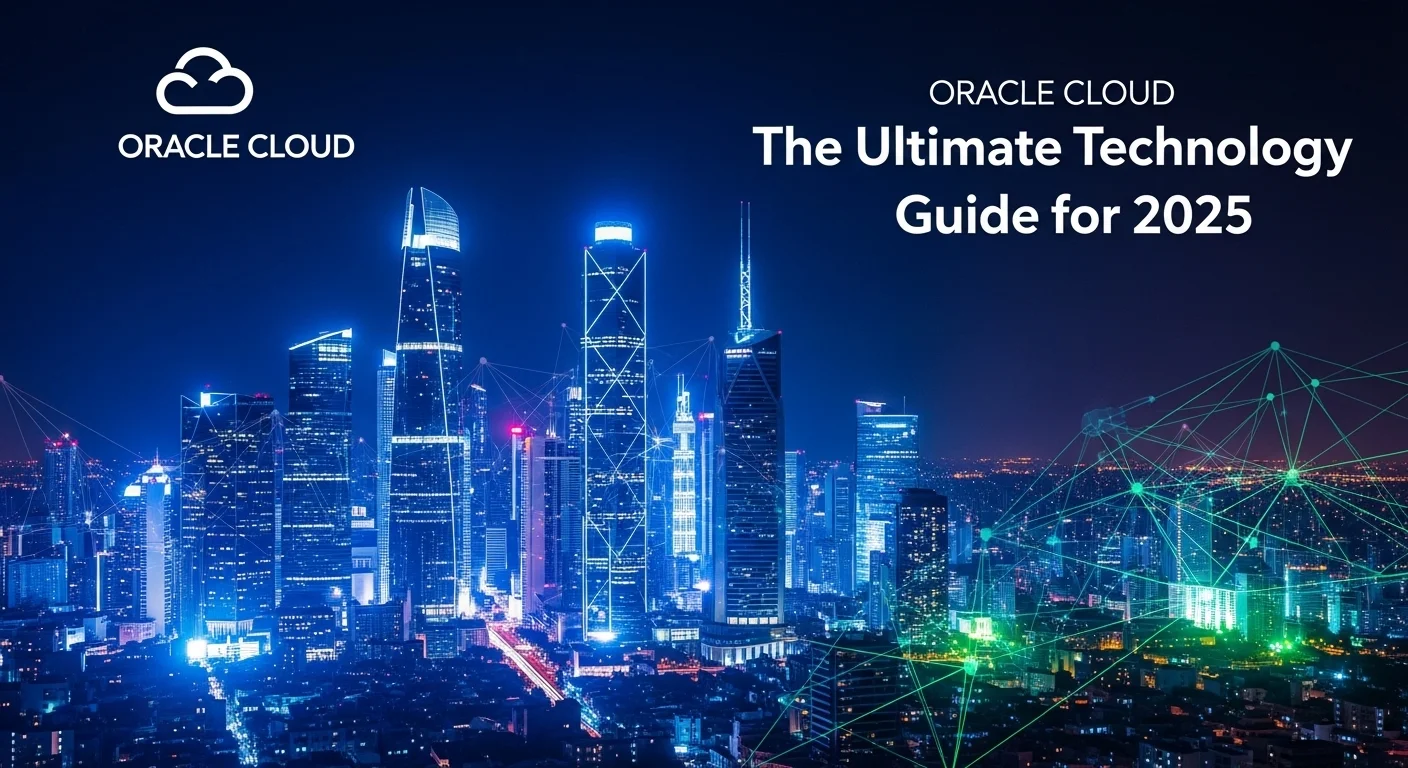
Tips and strategies for Oracle Cloud to improve your Technology experience
Getting the most out of Oracle Cloud is more than just setting up a server; it's about being strategic. Over the years, I've developed a set of best practices that I share with all my clients to help them build a secure, efficient, and high-performing cloud environment. Here are some of my top tips.
Best Practices for Security and Governance
Security should always be your top priority. While Oracle secures the cloud itself, you're responsible for securing what you put *in* the cloud. This is non-negotiable.
1. Think Zero-Trust: Start by giving no one access to anything. Use Oracle's Identity and Access Management (IAM) to grant the absolute minimum permissions needed for a user or service to do its job. Never use the main administrator account for daily tasks. Create separate accounts for everyone and review their permissions regularly.
2. Layer Your Network Security: Treat your Virtual Cloud Network (VCN) like a fortress. Use a mix of Security Lists and Network Security Groups to create multiple layers of firewall rules. I always tell my clients to put critical systems like databases in private subnets, completely cut off from the public internet. Use a secure access point, like a bastion host, to manage them.
3. Log Everything: You can't protect what you can't see. Turn on VCN Flow Logs to monitor all network traffic. Use the OCI Logging service to collect logs from all your resources, especially the audit logs that track every action taken in your account. Feed this data into a tool like OCI Cloud Guard, which acts as a security watchdog, automatically flagging misconfigurations and suspicious activity.
4. Encrypt Your Data with Your Keys: OCI encrypts data by default, which is great. But for an extra layer of control, I recommend using the OCI Vault service to manage your own encryption keys. This ensures that only you can decrypt your sensitive data. And always use TLS to encrypt data as it moves across the network.
Strategies for Cost Optimization
The promise of the cloud is saving money, but costs can quickly get out of hand without a plan. Here’s how to stay in control.
1. Right-Size Everything: The most common mistake I see is overprovisioning—paying for more power than you need. Constantly monitor how much CPU and memory your servers are actually using. OCI's flexible compute shapes are perfect for this, as you can dial in the exact resources you need and avoid waste.
2. Use the Right Pricing Model: Get familiar with Oracle's pricing options. Pay-As-You-Go is great for getting started, but if you have steady workloads, committing to Annual Universal Credits will save you money. For tasks that can handle interruptions, like data processing, Preemptible Instances can slash your compute costs in half. And if you already own Oracle software licenses, definitely use the Bring Your Own License (BYOL) model.
3. Shut Down What You're Not Using: This sounds simple, but it's amazing how much money it saves. Your development and test environments probably don't need to run 24/7. Use simple automation scripts to shut them down overnight and on weekends. This can easily cut their cost by 70%.
4. Tier Your Storage: Don't pay premium prices for old data. Regularly review your data and move anything you don't access frequently from standard Object Storage to the cheaper Infrequent Access or Archive tiers. You can even set up lifecycle policies to do this automatically.
Improving Performance and Reliability
Your cloud environment needs to be fast and dependable. Here’s how to build for it.
1. Design for Failure: OCI Regions are built with multiple, isolated data centers called Availability Domains (ADs). To build a resilient application, spread it across multiple ADs. For example, run your web servers in two different ADs behind a load balancer. If one AD fails, traffic is automatically rerouted to the healthy one. For databases, use Oracle's high-availability tools like RAC or Data Guard to protect against outages.
2. Choose the Right Tools for the Job: Performance starts with picking the right components. For demanding databases, I always recommend bare metal servers with local NVMe SSDs for the absolute best performance. For most other tasks, flexible VMs offer a great balance of performance and cost. Make sure you select the right performance level for your Block Storage, too.
3. Build a Fast Network: For applications that talk to each other a lot, network latency is the enemy. Keep these resources in the same VCN, and if possible, in the same Availability Domain. When connecting your office to the cloud, use OCI FastConnect instead of a standard VPN. It provides a dedicated, private line that is faster and more reliable.
4. Let Automation Do the Work: The Oracle Autonomous Database is the best example of this. It tunes, patches, and backs itself up, ensuring it's always running at peak performance and security. Look for other automation tools in OCI, like Resource Manager (which uses Terraform), to build your infrastructure consistently and reliably every time.
By putting these strategies into practice, you can transform your Oracle Cloud environment from a simple utility into a powerful strategic asset. For a deeper dive, I highly recommend checking out the official Oracle Cloud Infrastructure Best Practices Framework from Oracle's own experts.
Expert Reviews & Testimonials
Sarah Johnson, Business Owner ⭐⭐⭐
The information about Oracle Cloud is correct but I think they could add more practical examples for business owners like us.
Mike Chen, IT Consultant ⭐⭐⭐⭐
Useful article about Oracle Cloud. It helped me better understand the topic, although some concepts could be explained more simply.
Emma Davis, Tech Expert ⭐⭐⭐⭐⭐
Excellent article! Very comprehensive on Oracle Cloud. It helped me a lot for my specialization and I understood everything perfectly.

